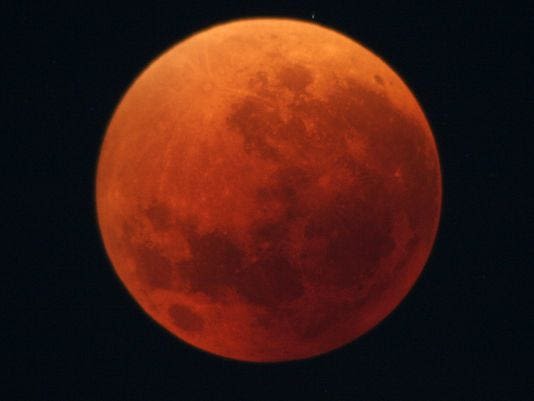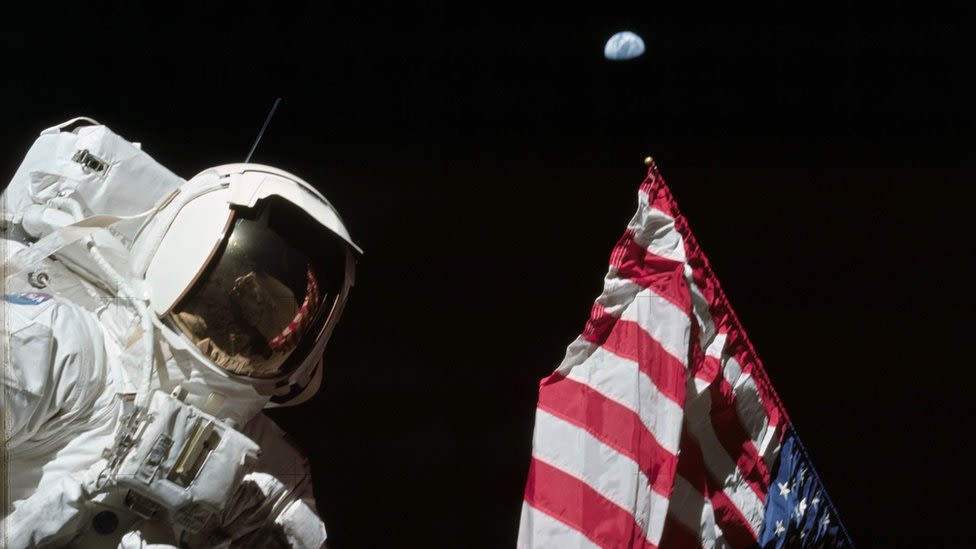Search results
News about June 2024, Saudi Arabia, Strawberry Moon
News about Apollo 8, William Anders, plane crash
News about Neil Armstrong, NASA Astronaut Corps, Buzz Aldrin
The Moon is Earth 's only natural satellite. It orbits at an average distance of 384,400 km (238,900 mi), about 30 times the diameter of Earth. Over time Earth's gravity has caused tidal locking, causing the same side of the Moon to always face Earth.
The Moon is Earth's only natural satellite. It goes around the Earth at a distance of about 239,000 miles (385,000 kilometers). The Earth and Moon are tidally locked. Their rotations are so in sync we only see one side of the Moon. Humans didn't see the lunar far side until a Soviet spacecraft flew past in 1959.
Earth's Moon is the brightest and largest object in our night sky. The Moon makes Earth a more livable planet by moderating our home planet's wobble on its axis, leading to a relatively stable climate. It also causes tides, creating a rhythm that has guided humans for thousands of years.
Sep 7, 2023 · The Moon is Earth’s only permanent natural satellite, and it’s the fifth-largest satellite in our solar system. The Moon’s diameter is approximately 2,160 miles (3,475 kilometers), or about...
2 days ago · Moon, Earth ’s sole natural satellite and nearest large celestial body. Known since prehistoric times, it is the brightest object in the sky after the Sun. It is designated by the symbol ☽. Its name in English, like that of Earth, is of Germanic and Old English derivation.
- James D. Burke
May 23, 2023 · Learn how Earth's moon formed, how its orbit affects Earth's tides, why solar and lunar eclipses happen and the history of lunar exploration.
People also ask
What are the different types of moons?
How are moons named?
How many moons are in our solar system?
The brightest and largest object in our night sky, the Moon makes Earth a more livable planet by moderating our home planet's wobble on its axis, leading to a relatively stable climate. It also causes tides, creating a rhythm that has guided humans for thousands of years.


























